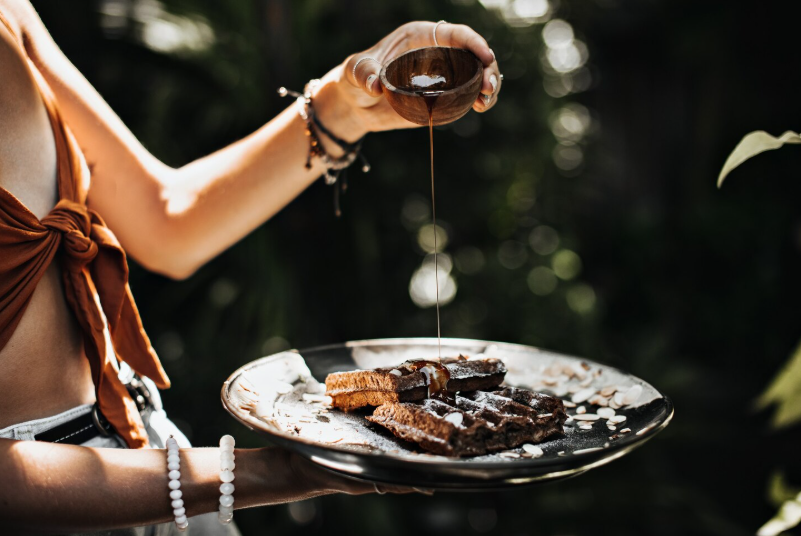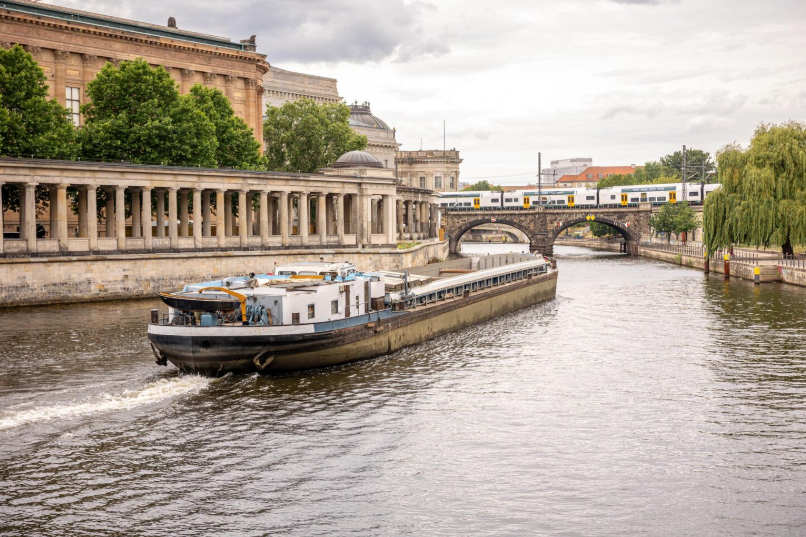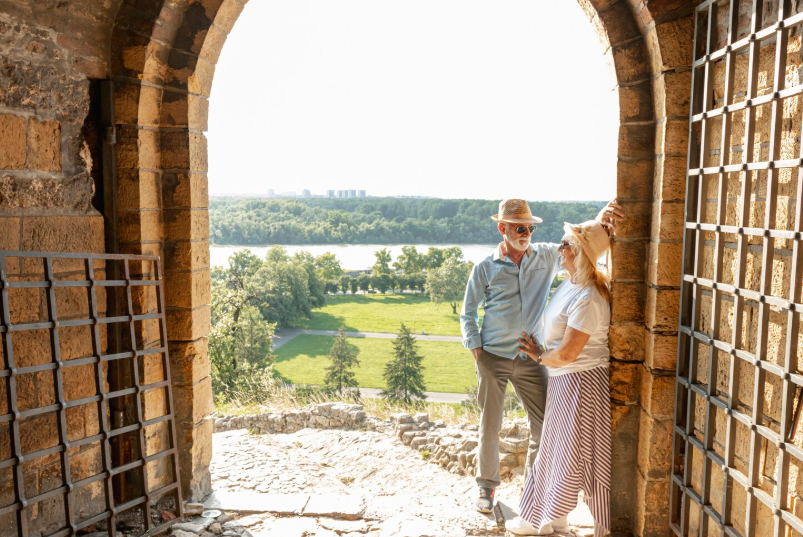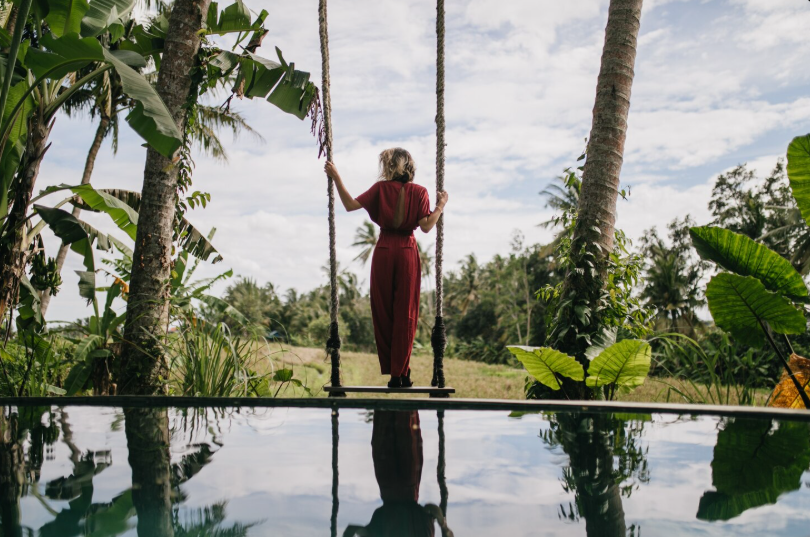
The Art of Pairing: Wine and Chocolate Journeys in Europe
The Art of Pairing: Wine and Chocolate Journeys in Europe
Understanding the Principles: Balance, Intensity, and Sweetness
Successful pairings are governed by three practical principles: balance of intensity, complementary flavors, and relative sweetness. A simple rule of thumb is that the wine should be at least as sweet as the chocolate; otherwise the wine can taste thin and overly tannic, and the chocolate will lose nuance. Consider texture as well — creamy milk chocolate needs a different treatment than high-percentage dark chocolate, and acidity in the wine can brighten chocolate with fruity notes. These guidelines help you approach pairings like a strategist rather than relying on chance. :contentReference[oaicite:0]{index=0}
Classic Matches and Why They Work
Certain pairings are time-tested because their flavor architectures align. Fortified wines — think Tawny or Vintage Port — sit naturally beside high-cocoa dark chocolate because their concentrated sweetness and complex dried-fruit notes balance bitterness and enhance cocoa’s layered flavors. Conversely, lighter, aromatic wines such as Moscato d’Asti or late-harvest Muscats pair wonderfully with milk or nut-enriched chocolates, where the wine’s floral and honeyed character complements creaminess rather than competing with it. Culinary institutions and sommeliers emphasize matching intensity and sweetness first, then exploring complementary aromatics second. :contentReference[oaicite:1]{index=1}
Where to Go: European Destinations for Serious Wine & Chocolate Explorations
1. Paris & The Champagne Region — Chocolate Artistry Meets Sparkling Elegance
Parisian chocolatiers have elevated chocolate into an art form; the city’s ateliers craft single-origin bars and complex ganaches that reward careful wine pairing. Nearby Champagne offers crisp, high-acid sparkling wines that cut through creamy ganaches and complement fruit-forward chocolate fillings — a refined contrast that works brilliantly in tasting menus or private salons. Regions and producers often collaborate on tasting events, making Paris and Champagne ideal for bespoke pairing itineraries. :contentReference[oaicite:2]{index=2}
2. Turin & Piedmont — A Historic Center for Chocolate and Nebbiolo
Piedmont’s culinary heritage pairs naturally with its wine legacy. Turin is home to historic chocolate houses and the celebrated Cioccolatò festival, where chocolate innovation meets regional ingredients. Pairing local Barolo or Barbaresco (Nebbiolo-based wines) with dark truffles and high-cocoa chocolates requires finesse, but it rewards with complex interplay between tannin structure and cocoa bitterness. Autumn and winter visits often combine truffle hunts, winery tours, and chocolate masterclasses for a full-sensory itinerary. :contentReference[oaicite:3]{index=3}
3. Douro & Porto — Fortified Wines and Chocolate Synergy
Port, produced in Portugal’s Douro Valley, is the archetypal partner for dark chocolate. The wine’s residual sweetness, dried-fruit notes, and velvety finish harmonize with high-percentage chocolate, especially when the chocolate includes berry, spice, or toasted-nut notes. A structured pairing program in Porto or a vineyard tasting in the Douro gives travelers the chance to taste vintage and tawny styles side by side with artisan chocolate — a highly educational experience for anyone building a refined palate. :contentReference[oaicite:4]{index=4}
4. Barcelona & Catalonia — Innovative Chocolates and Mediterranean Wines
Catalonia’s chocolate scene is experimental and vibrant, from single-origin bars to chocolate infused with citrus and spice. Pairings with regional wines — including Priorat and Penedès — allow for creative matches: mineral reds that echo dark chocolate’s earthiness, or sparkling cava that plays against milk chocolate’s silk. Barcelona’s culinary labs and boutique chocolate shops make it a playground for professionals seeking modern, Instagram-ready tasting events.
5. Switzerland & Belgium — The Chocolate Capitals
If chocolate is the journey’s focus, Switzerland and Belgium are indispensable. Both countries offer museum-grade chocolate experiences and masterclasses that teach bean sourcing, conching, and flavor development. Pair these lessons with nearby wine regions or curated wine flights brought in by sommeliers; the contrast between chocolate craftsmanship and wine varietal nuance creates a learning environment as suitable for corporate retreats as for private connoisseurs.
Practical Tips for Planning a Pairing Journey
- Start with education: Book a masterclass or tasting with a chocolatier or sommelier before attempting blind pairings.
- Plan the sequence: Move from lighter to stronger chocolates and from lower to higher alcohol content in wines to protect the palate.
- Mind logistics: Choose accommodations near tasting venues and confirm tasting-room policies for private bookings, especially for corporate groups.
- Document and share: Capture tasting notes and photos for brand content — well-curated pairings make excellent material for corporate storytelling and social channels.
How Pairings Amplify Brand Experience
For company directors, curated wine-and-chocolate journeys are more than leisure: they are powerful brand experiences. Hosting clients or top talent on a private tasting demonstrates attention to cultural detail and refined hospitality. Documented correctly, these experiences become content that signals sophistication and global taste to prospects and partners — an investment in relationship-building that converts visceral memories into long-term business value.
Conclusion
Wine and chocolate pairing journeys in Europe combine sensory pleasure with cultural depth. Whether you are exploring fortified Port with a candid chocolatier in Porto, savoring Barolo alongside Piedmont truffles, or enjoying a bespoke Parisian tasting that matches ganaches with Champagne, the experience is both instructive and indulgent. With thoughtful planning and a respect for balance and sweetness, these journeys elevate travel into an exercise in taste, craft, and connection.





